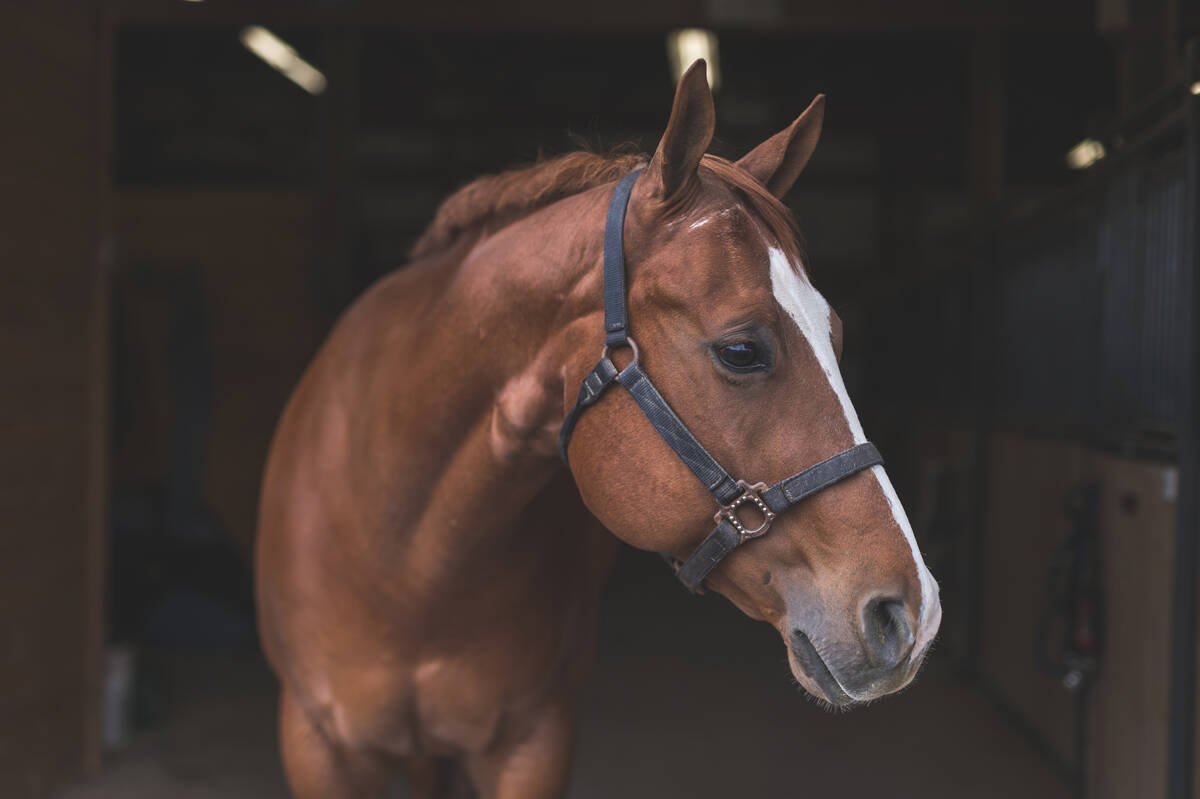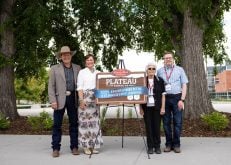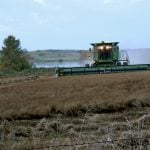Herbicides are an option for increasing pasture productivity, but proper application is a must, says a Dow AgroSciences representative.
Vaughn Leuschen spoke during a tour of the Black Bear Provincial Grazing Reserve in Westlock county at the beginning of August.
Some areas of the 17,000-acre reserve have been successfully treated to remove weed competition. Leuschen said one of the pastures increased animal units per month by three times after herbicide application.
He recommended anyone interested in using aerial application of herbicides to choose their aerial applicator wisely. He said sometimes an aerial applicator may miss patches, resulting in green stripes in the field. “If you can see a clean-cut pattern, there’s something wrong with the application,” said Leuschen. “If it’s willy-nilly all over the place, that’s a different issue and can be a number of different things.”
Read Also

Canada’s slaughter horse industry lacks transparency
Horse slaughter is a fraught issue right now in the Canadian livestock sphere. The author writes that, while it has a role, traceability, transparency and humane handling must be in play.
Sometimes applicators can have problems with their global positioning systems, or simply make mistakes due to human error, Leuschen said. “What you can control is when that applicator sprays. If you don’t want him to do it, you don’t let him do it.”
Leuschen does not recommend using a fixed-wing aircraft for herbicide application, and prefers to use helicopters. “With fixed wing, it just kind of comes out the back and floats across, and what you hit is what you get,” he said.
Leuschen stressed not playing with herbicide application rates, since rates are determined after long periods of testing, research and experimentation.
He stressed that there needs to be active plant growth in order for herbicides to be effective, or else producers are “throwing away a whole pile of money,” Leuschen said.















